For the last full day in Tokyo, let’s start out with another great subway PSA.
Caption call!
Yesterday was Sumo wrestling. Today, Kabuki.
In the Kabukiza, Ginza. Photos were not allowed during the performance itself.

Inside.
We went for just one act (which is possible, for about $8) and saw The Restaurant Ukamuse in Shin Kiyomizu. The bad guys got tricked and thwarted and punished and the lower class people prevailed. There were a couple fights and a guy with umbrella who could fly… much like Mary Poppins.
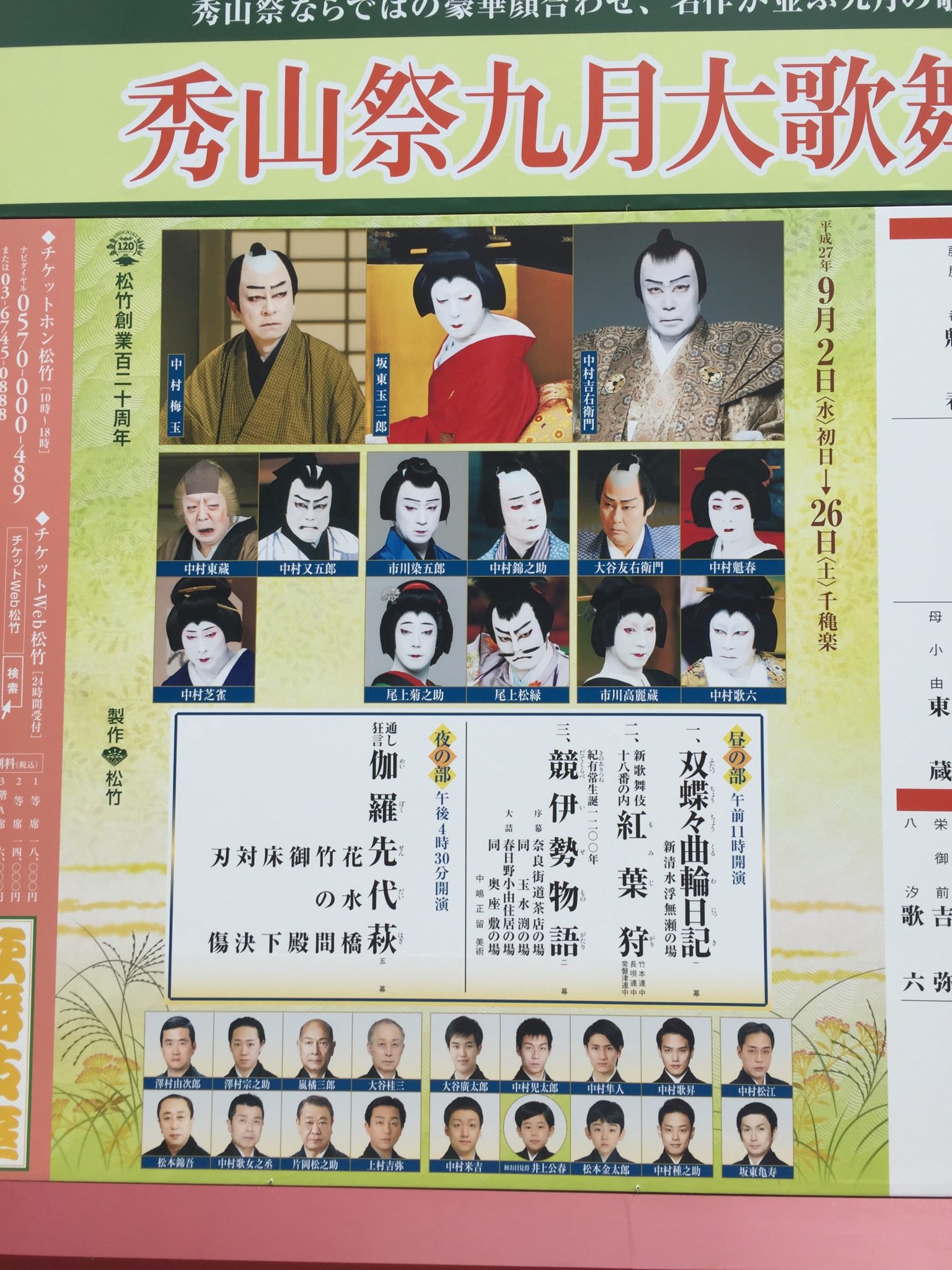
Off to a small ramen shop for lunch.
It’s hard to beat ramen.
Later we went to the shrine that we can see from the hotel rooms, near the tower. In Shiba Park, this is where the Tokugawa shoguns were interred, including Hidetada, who had all the Christians killed at Nagasaki.
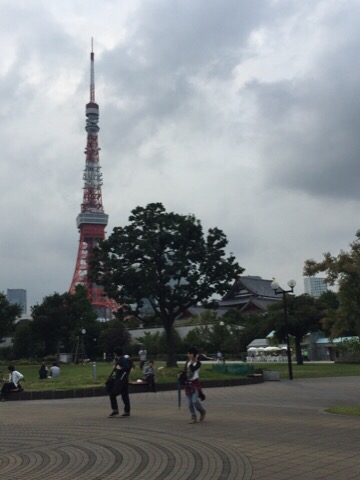
There was a service going on. It was remarkably “liturgical” and underscored a dimension of transcendence now lost in 99% of our parishes.

Some things are universal. There was a memorial “garden” for unborn and lost children.
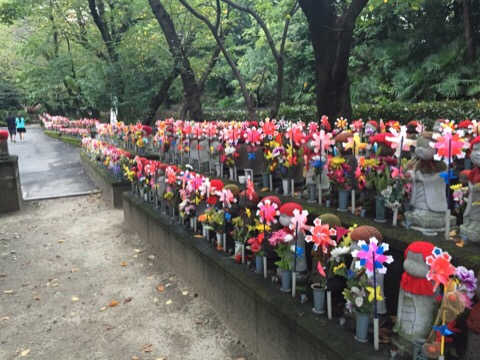
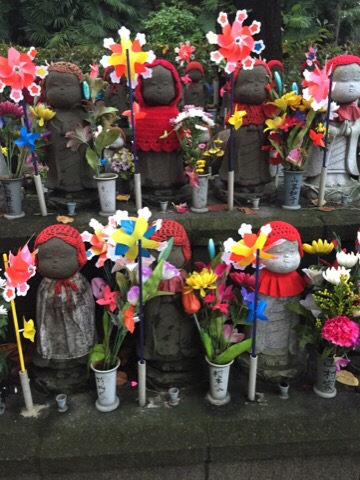
An interesting juxtaposition of modern and … not.

Before supper I saw a little coverage of Pope Francis.
Supper was of sushi.
Anyway… some glimpses of a full day.

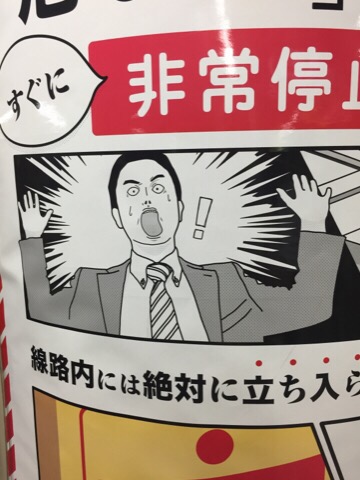
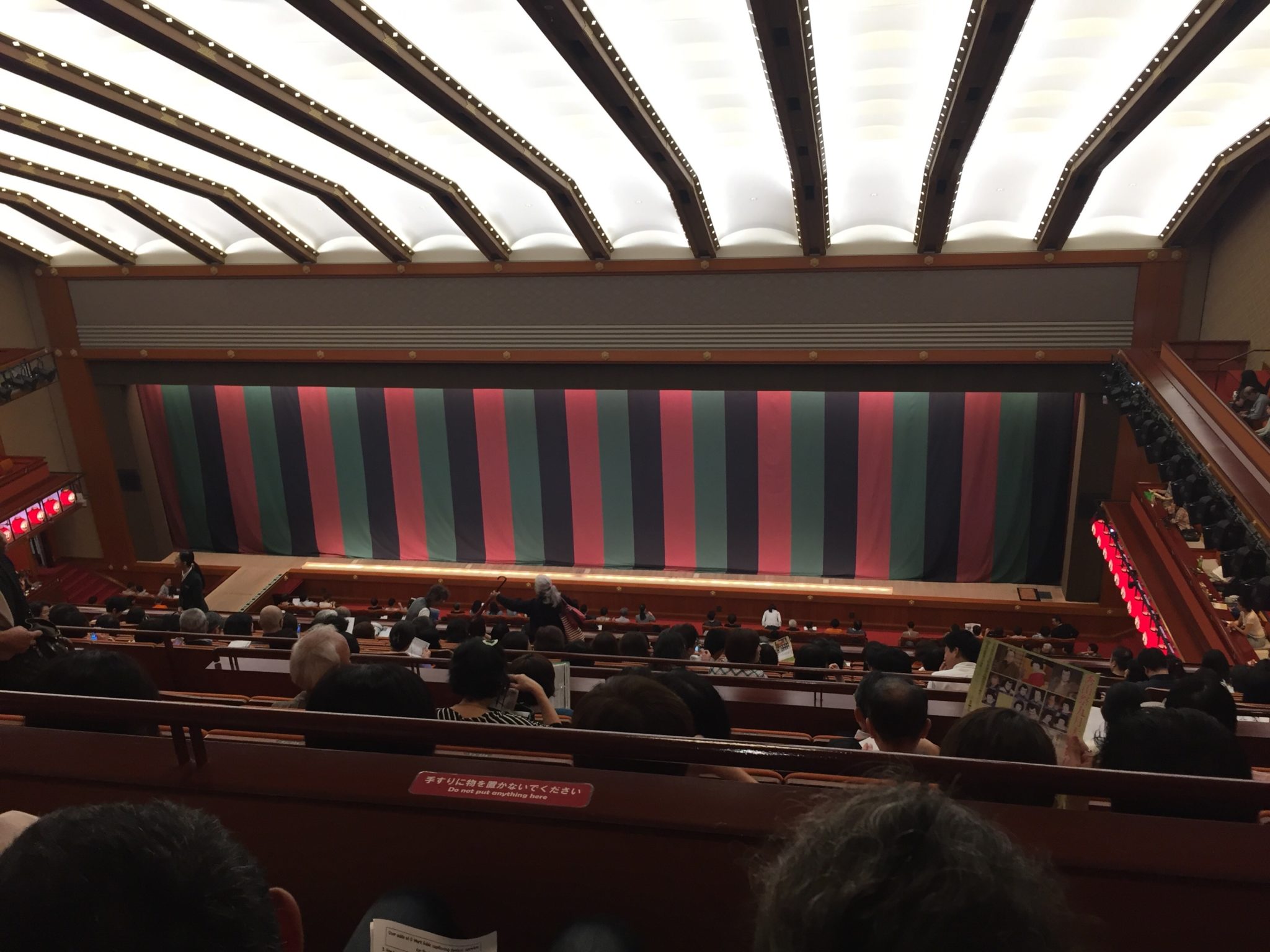
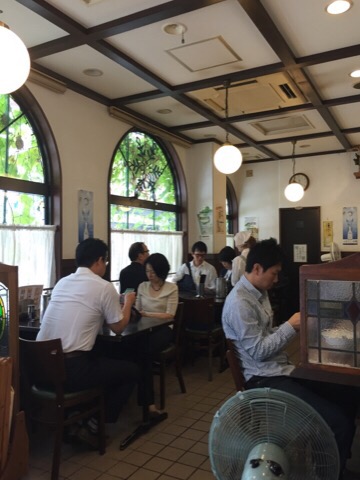

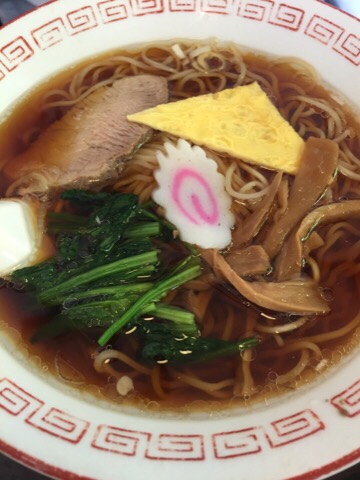

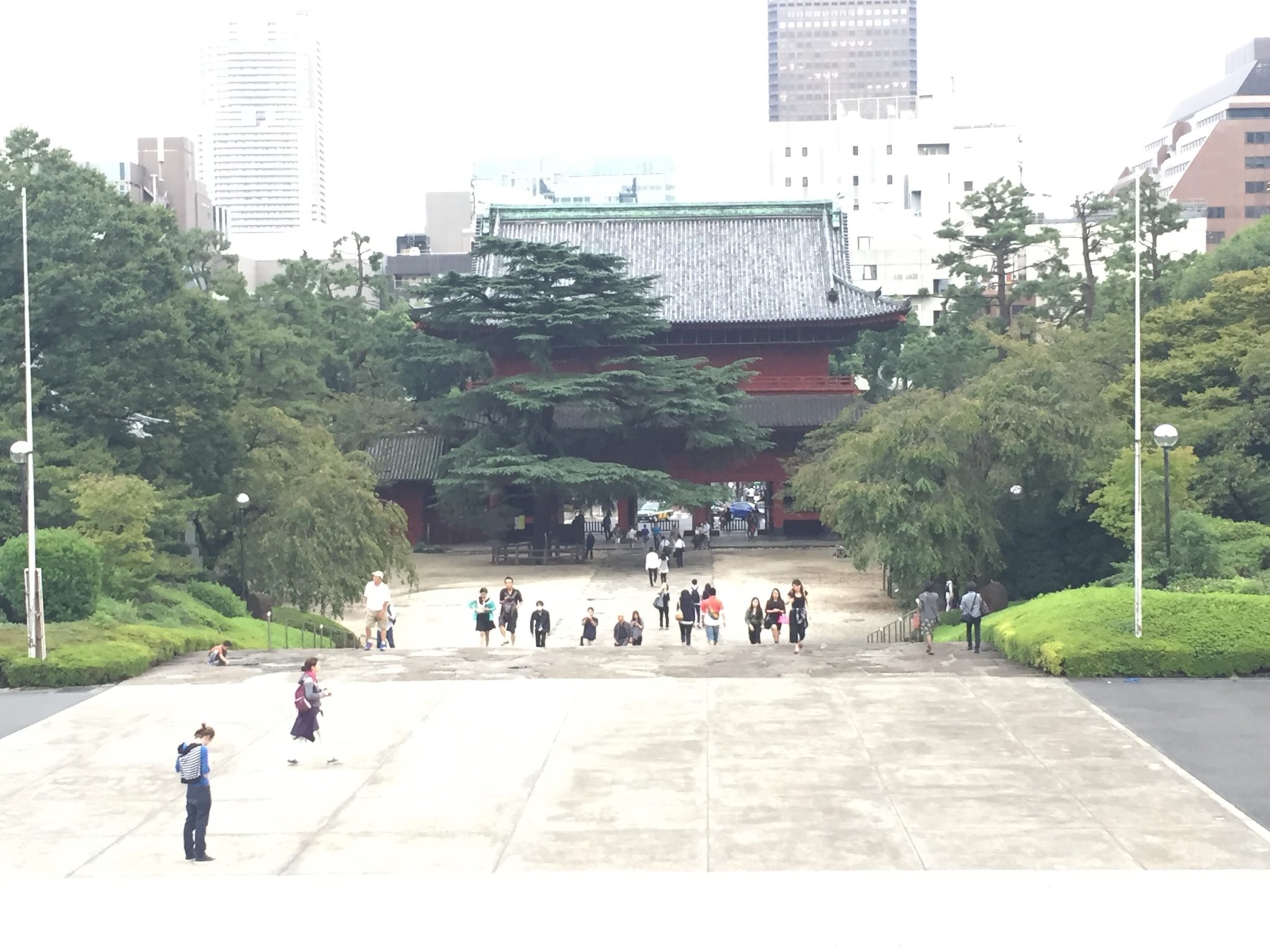












































Caption: ” Whoa! THAT’s a ‘liturgical berreta’?!?!?”
Guy with an umbrella in kabuki much like Mary Poppins, Father? Now you’re just funning us.
Caption: “GODZILLA!!!”
http://s29.postimg.org/5ldtiu3o7/fatherz_japan2.jpg
[ROFL! Where have you been?]
That seafood looks amazing.
Your pictures are bringing back memories- what an amazing place Japan is. Before I returned to the faith, I was a Zen Buddhist priest and spent a year at a monastery in Japan in a seaside town in the vicinity of Kyoto. Japanese Buddhism is highly liturgical, Shintoism as well. Very serious and solemn, attention to the smallest movements, no making it into a plaything. The language used in chanting is even analogous to Latin, as it is actually Chinese with Japanese pronunciation, with some Japanized Sanskrit as well. I loved the liturgical aspect of Zen, and when I stumbled on a TLM, I was drawn right in. Interestingly, the tea ceremony was influenced by the TLM, as Sen no Rikyu had Jesuit followers, and he was highly impressed with the mass.
The shrines to the unborn are everywhere. The figure is Jizo, a bodhisattva who is the patron of travelers, women, and children. He is depicted more formally as monk, but in these shrines a more child-like image is often used. Sometimes just an oblong stone is used to represent Jizo. Offerings are set out, the images are dressed in brightly colored bibs and caps, and Jizo is reverenced by pouring water over his head. Sadly, in Japan, abortion is extremely common, and when women have an abortion (or a miscarriage), they go to a temple and perform a ceremony called mizuko kuyo (water-baby ceremony) to atone and pray for the salvation of the unborn child.
The mother of the Zen master I studied with in Japan had cancer and was advised to abort him by her doctors, but she refused and gave her life that he could be born, and after death would continue to protect him. Some things are indeed universal. Because of that, he always had a self-sacrificing spirit, and during the war became a kamikaze pilot so he could sacrifice himself for his country. His mission was scheduled the day the war ended…
Eating raw fish still feels like it is a form of Russian roulette. I suppose that comes from a lifetime in Indiana, where in the past everything needed to be well-cooked.
Thanks you for all this , Father. Because of my arthritis, I’m not able to travel much anymore. Now when you travel, I get to enjoy the best parts!